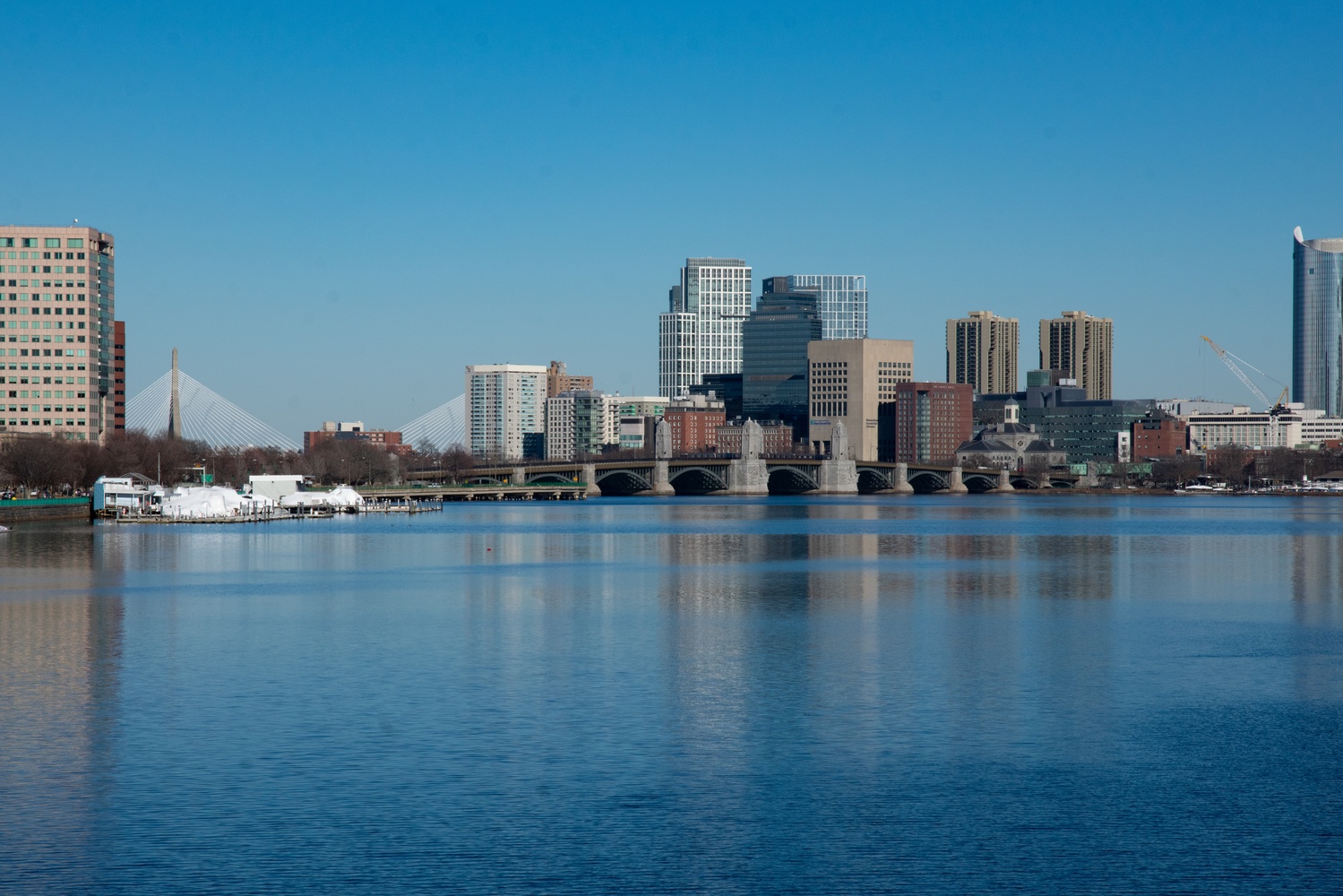
News
Summers Will Not Finish Semester of Teaching as Harvard Investigates Epstein Ties

News
Harvard College Students Report Favoring Divestment from Israel in HUA Survey

News
‘He Should Resign’: Harvard Undergrads Take Hard Line Against Summers Over Epstein Scandal

News
Harvard To Launch New Investigation Into Epstein’s Ties to Summers, Other University Affiliates

News
Harvard Students To Vote on Divestment From Israel in Inaugural HUA Election Survey
Health Officials Warn Residents To Avoid Parts of Charles River During Cyanobacteria Bloom

A bloom of toxic blue-green algae was found in the Charles River near the Harvard Bridge on Thursday, prompting health officials to issue a health advisory urging residents and their pets to avoid the area.
The Boston Public Health Commission issued the advisory for the area downstream of the bridge, which leads from MIT’s campus into Boston, after determining that cyanaboacteria cells exceeded the levels set by the Massachusetts Department of Public Health. The Cambridge Public Health Department issued a similar advisory.
Cyanobacteria, which produces toxins that can cause a range of symptoms in humans and even occasionally kill dogs that ingest the contaminated water, have been sweeping through the lakes and ponds of the Northeast this summer.
Contact with cyanobacteria can cause skin irritation, and breathing in contaminated water droplets can cause allergy-like symptoms. In extreme cases, consuming cyanobacteria-affected water can cause severe stomach problems, liver damage, dizziness, or even death.
Both the Boston and Cambridge advisories instructed residents to avoid contact with contaminated water, rinse off immediately if they come into contact with it, and contact a veterinarian immediately if their pets exhibited symptoms after being around the area.
Health officials also temporarily closed off areas downstream from the bridge, including Broad Canal, Lechmere Canal, North Point Park, Lederman Park, Community Boating docks, and Storrow Lagoon. Local businesses whose activities take place in the affected area have been told to make their own judgements on whether to suspend their work, according to a BPHC spokesperson.
The boathouse for Community Boating, Inc. — a private not-for-profit corporation that offers sailing lessons — was closed on Friday, with a sign reading “operations suspended” posted outside the door. The boathouse is located on the Charles River Esplanade between the Hatch Shell and the Longfellow Bridge.
Cyanobacteria blooms can disappear quickly or last multiple weeks. The health advisory will be in effect until Massachusetts health officials collect clean samples of river water one week apart.
Despite the advisory, some residents continued to participate in water activities in the affected area, with multiple sailboats and kayaks traversing the river later in the day.
The Charles River, which borders the campuses of Harvard and MIT, has seen blooms almost every summer for the last decade, with the longest bloom lasting nearly three months in 2020.
Algal blooms have become increasingly common in Massachusetts and the wider Northeast region, afflicting everywhere from the ponds of Cape Cod to the water bodies in New York City’s Central Park. Rising global temperatures may be fueling the problem as blooms occur most often in warm, slow-moving water.
Beyond their impacts on human health, algal blooms can also hurt local aquatic wildlife by depleting oxygen levels in the water.
—Staff writer Megan L. Blonigen can be reached at megan.blonigen@thecrimson.com. Follow her on X at @MeganBlonigen.
—Staff writer William C. Mao can be reached at william.mao@thecrimson.com. Follow him on X @williamcmao.
Want to keep up with breaking news? Subscribe to our email newsletter.
